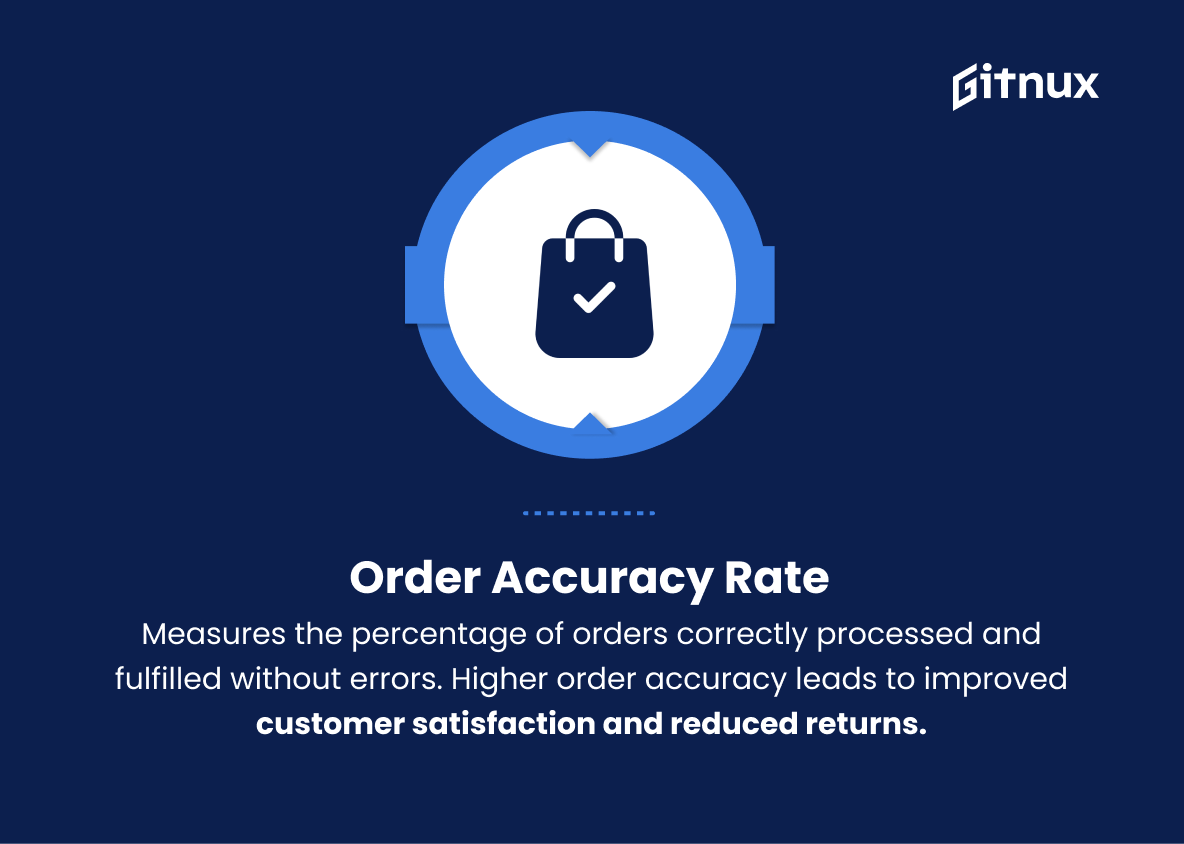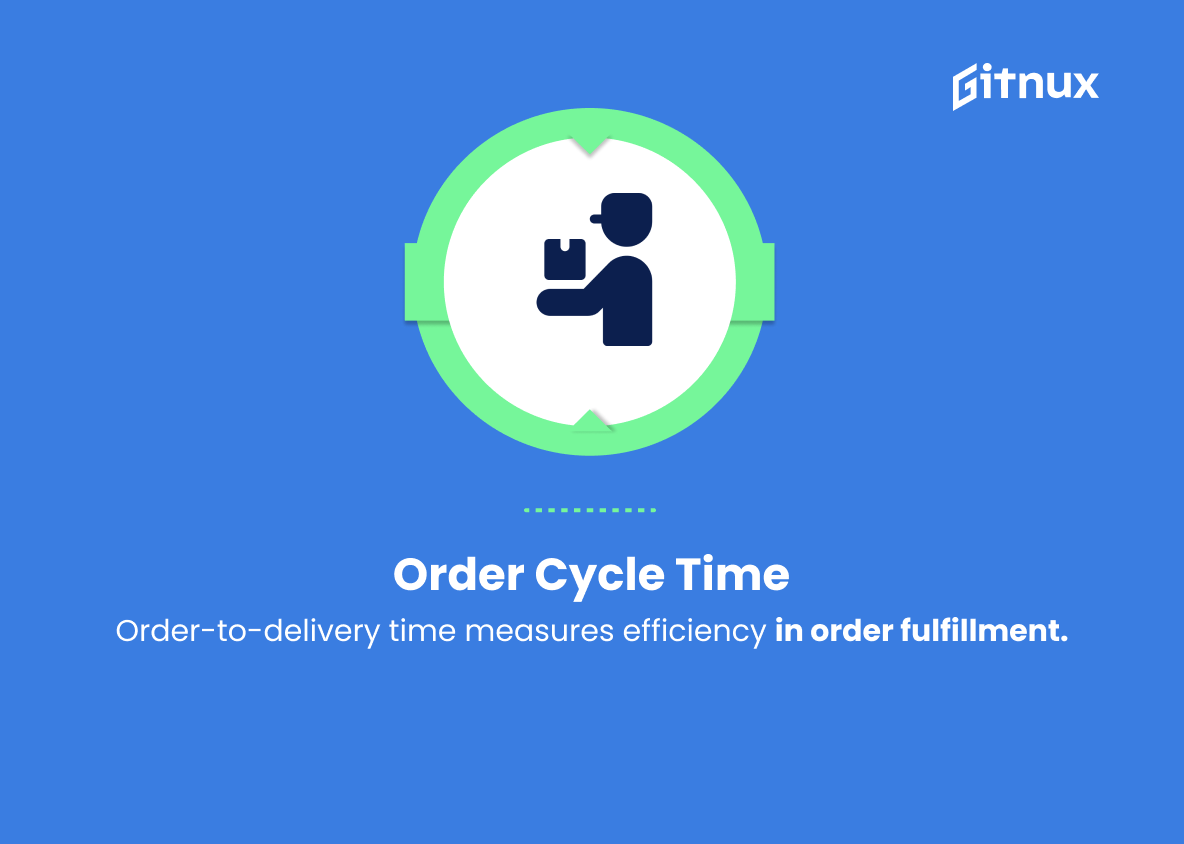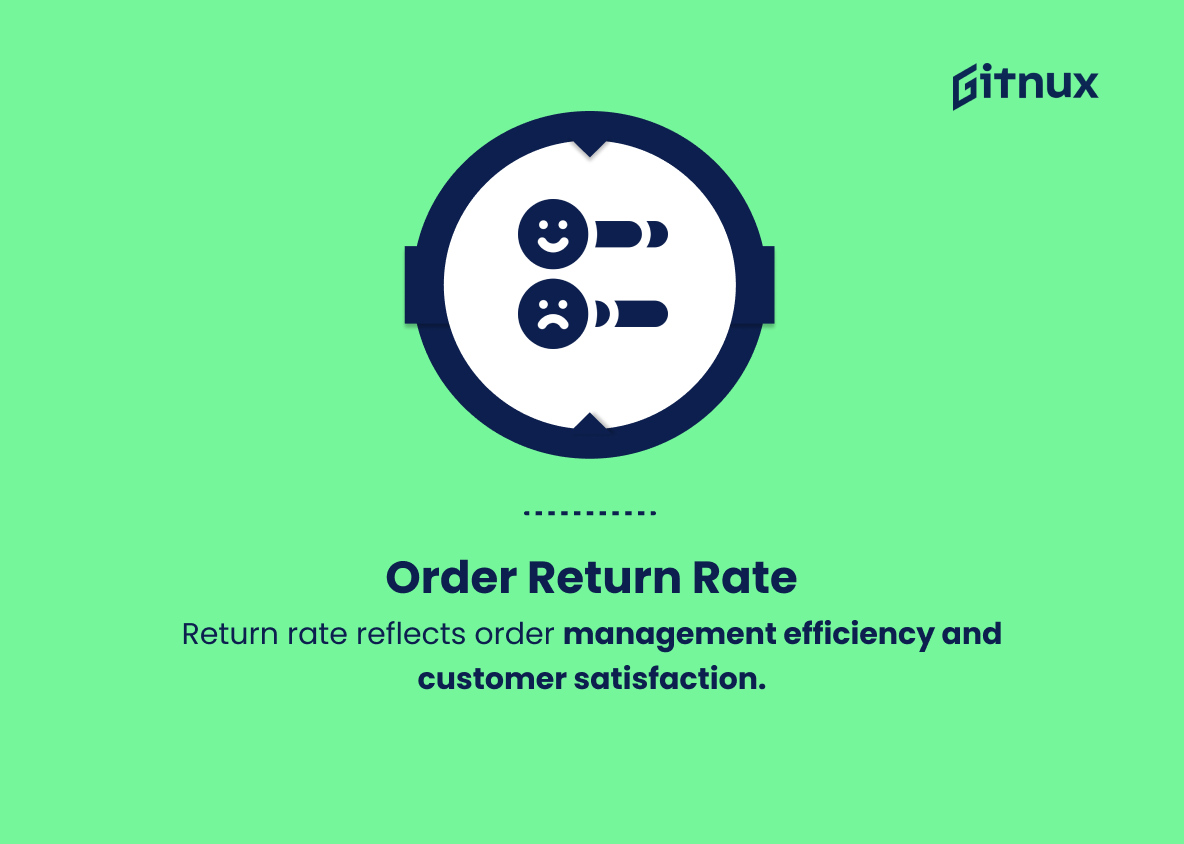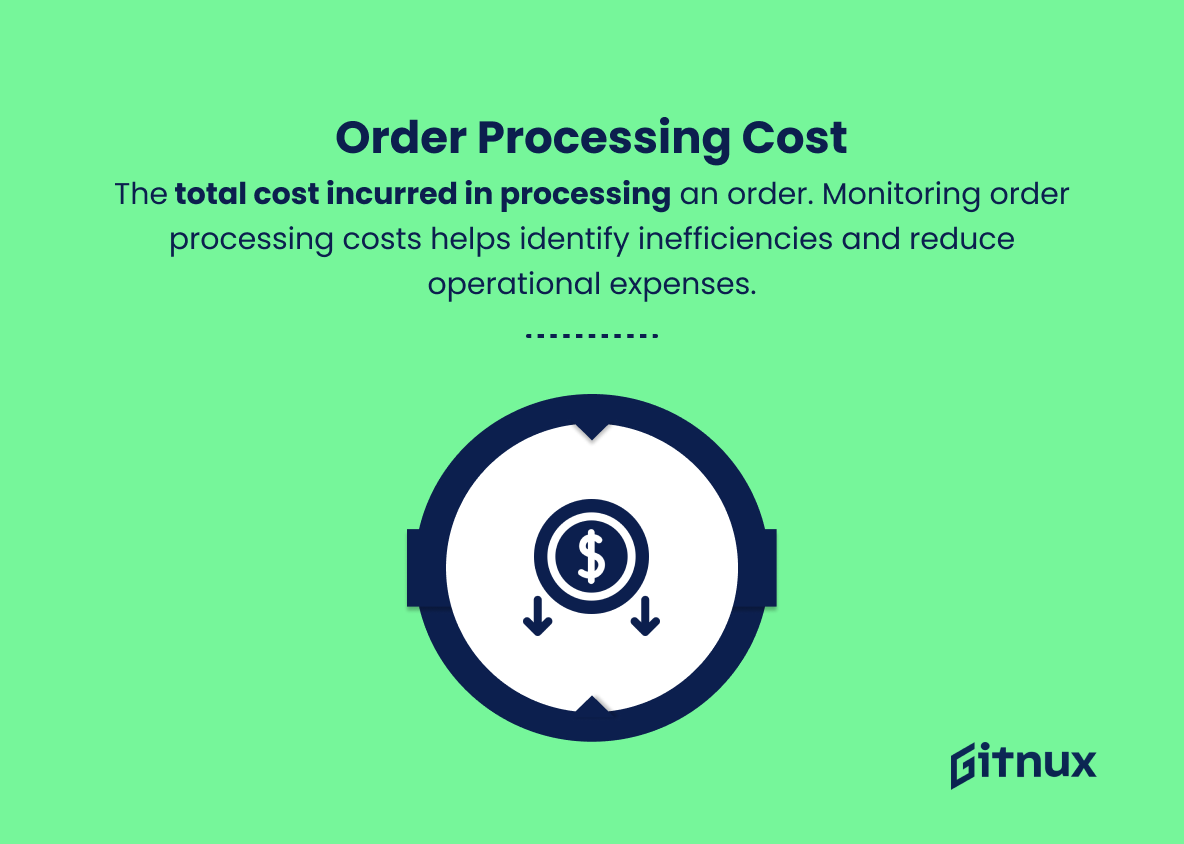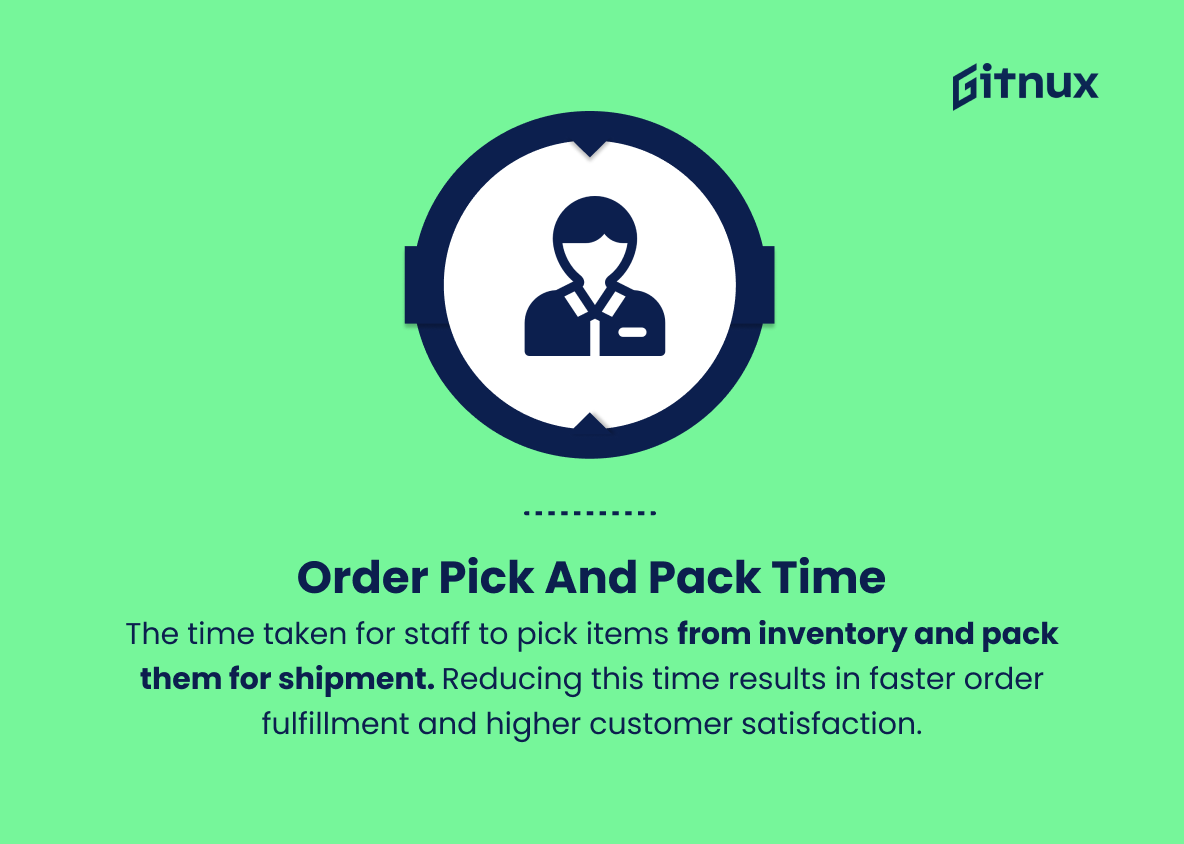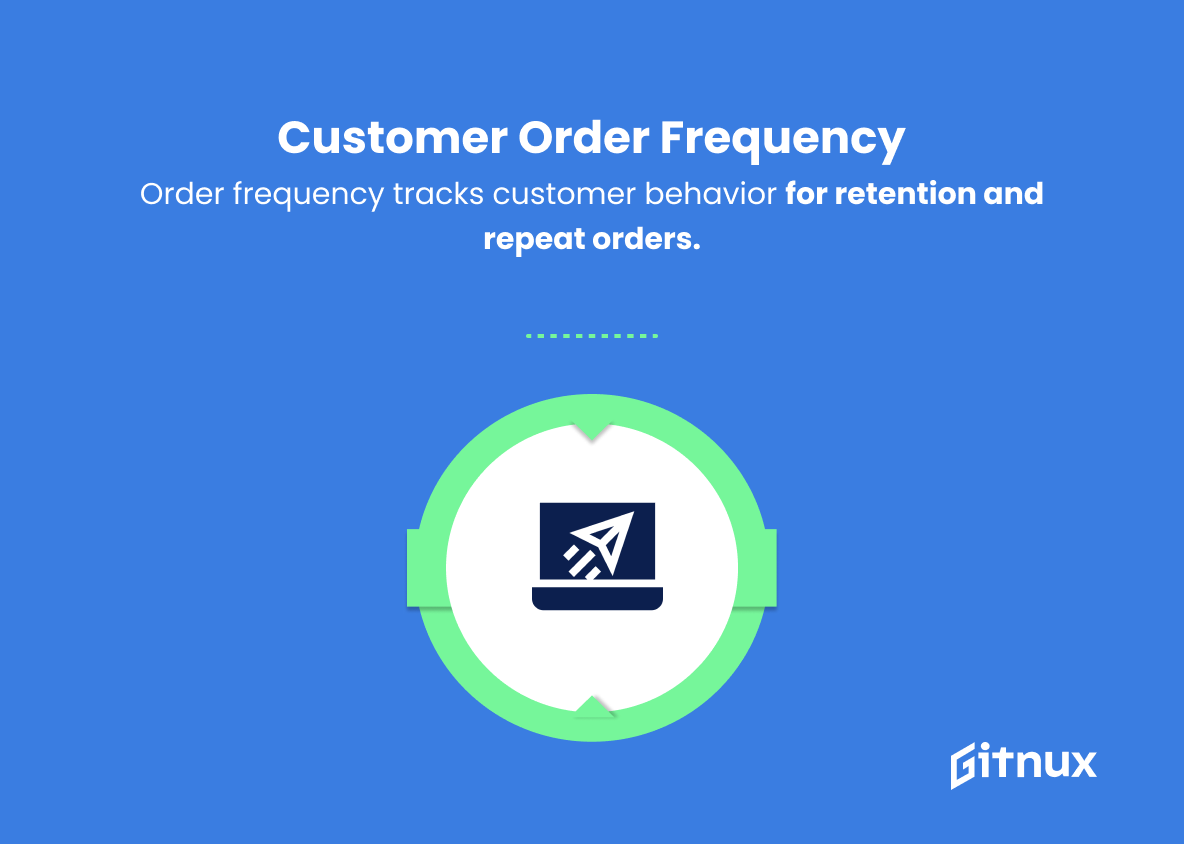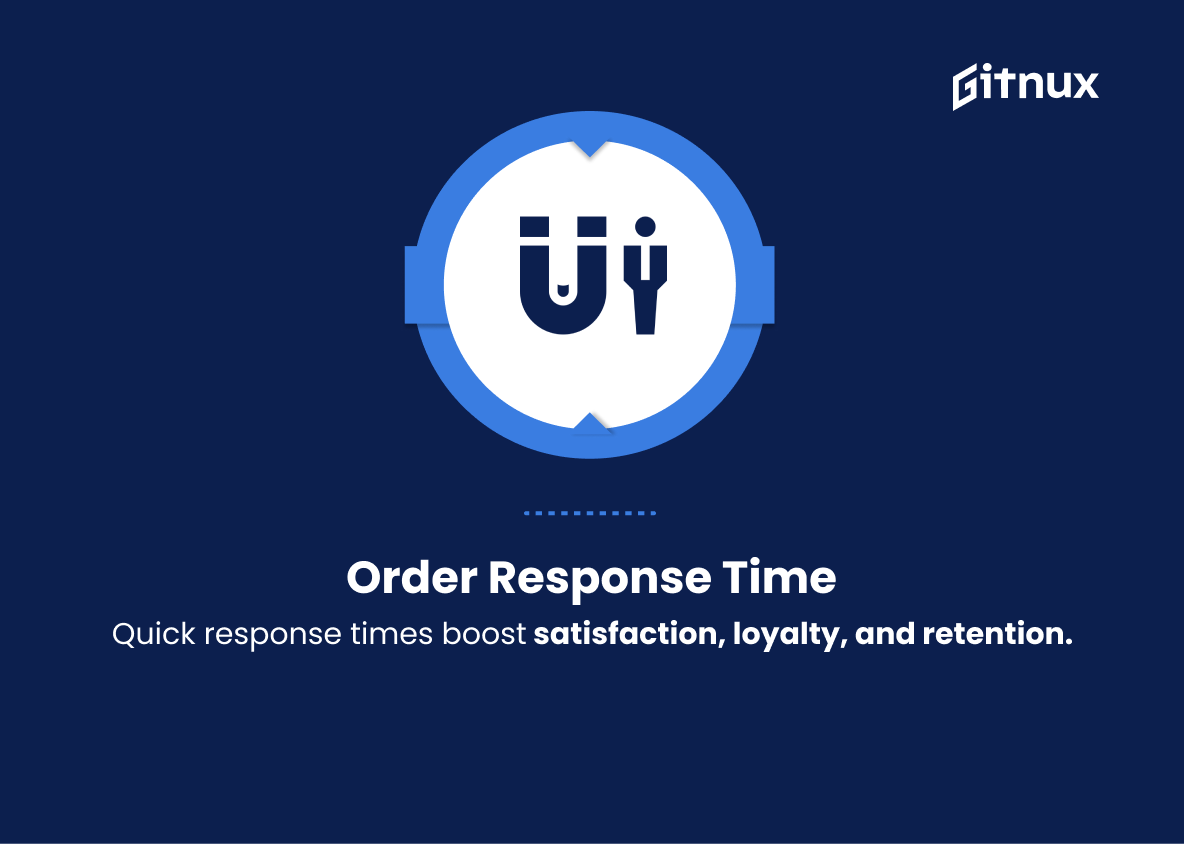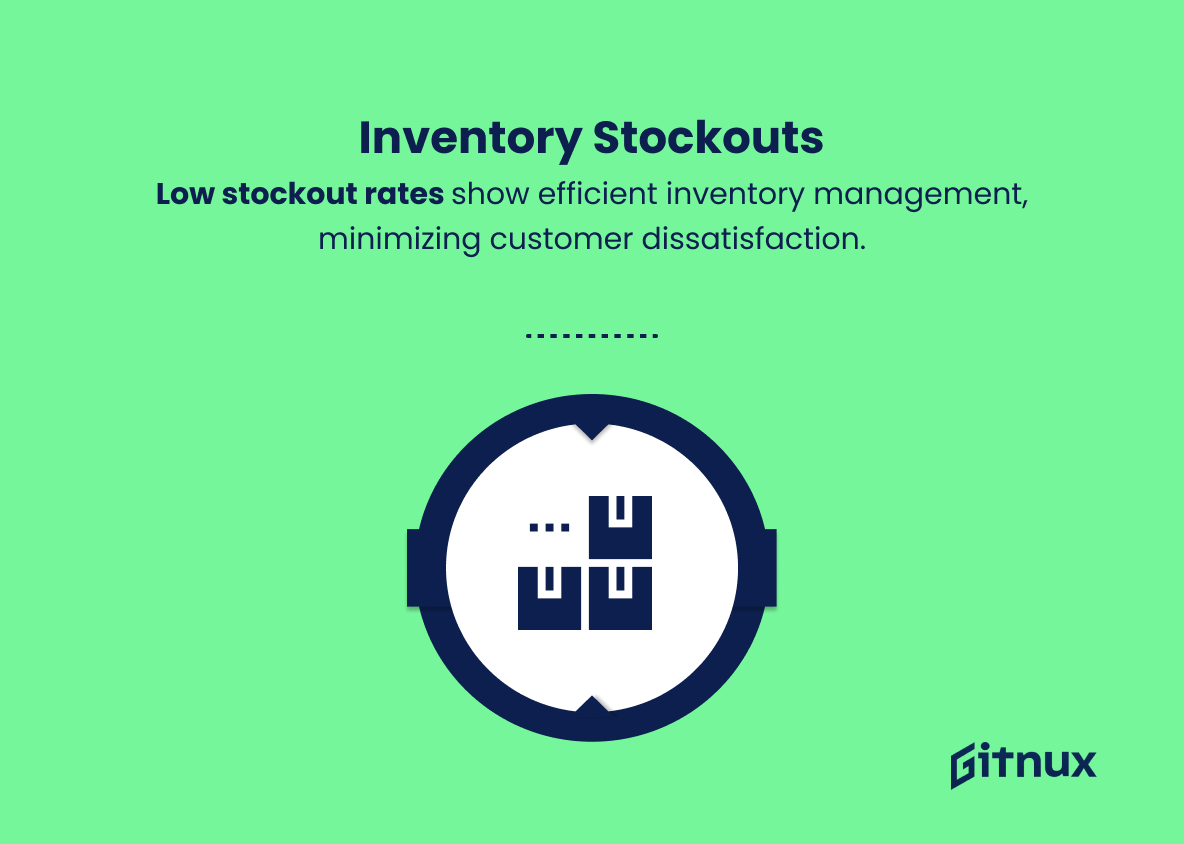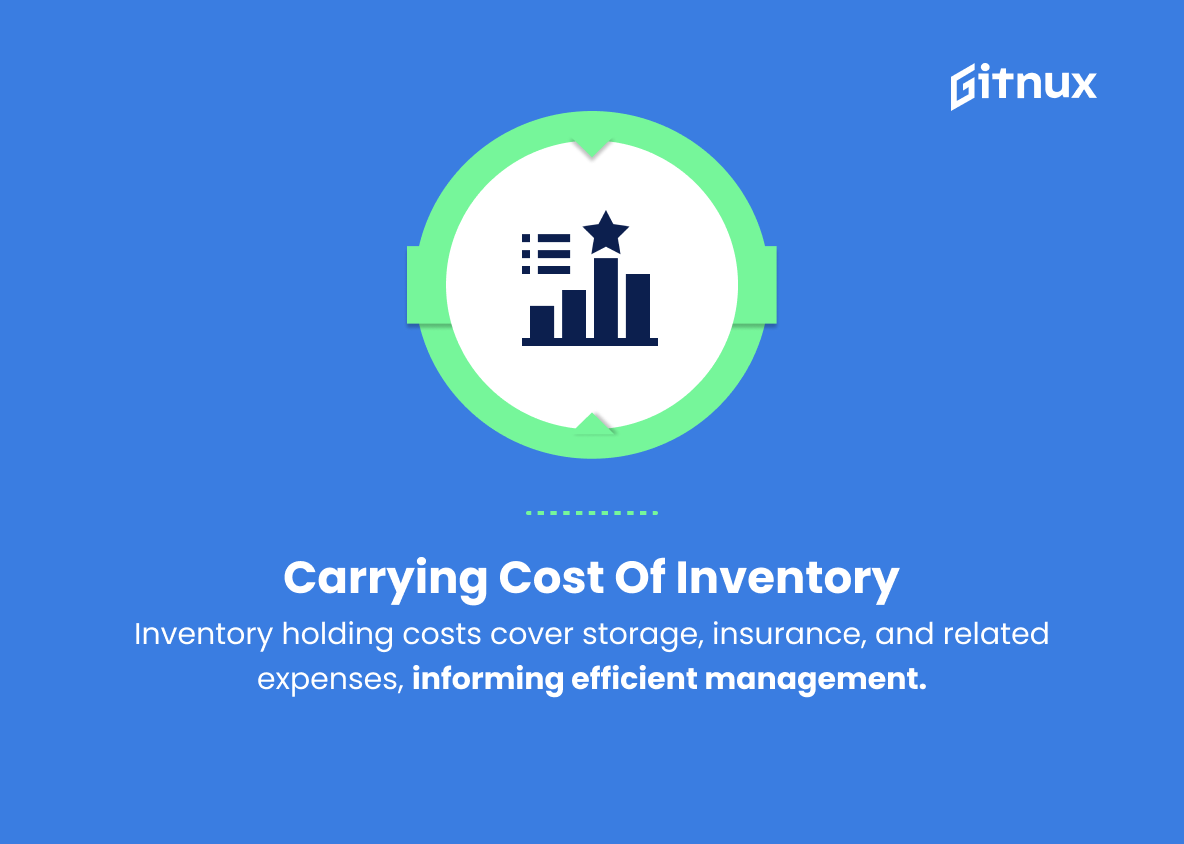In today’s highly competitive business landscape, effective and efficient management of orders is crucial for any company’s success. As businesses strive to meet the evolving needs and expectations of their customers, it becomes exceedingly important for them to establish and track specific key performance indicators (KPIs) within their order management process. With the right KPIs in place, companies can not only optimize their operations but also improve customer satisfaction and drive growth.
In this blog post, we will delve into the vital Order Management KPIs that every business must keep a close eye on, and discuss how monitoring these metrics can lead to significant improvements in various aspects of order fulfillment, customer satisfaction, and overall business performance. So, let’s dive right in and start exploring the world of Order Management KPIs.
Order Management KPIs You Should Know
1. Order accuracy rate
Measures the percentage of orders correctly processed and fulfilled without errors. Higher order accuracy leads to improved customer satisfaction and reduced returns.
2. Average order value (AOV)
Calculates the average total value of each order placed by customers. AOV helps assess revenue generation effectiveness and identify trends in customers’ spending behavior.
Order return rate si the percentage of orders returned by customers due to various reasons3. Order cycle time
The average time taken for an order to move from placement to delivery. This KPI helps evaluate the efficiency of the order management process and identify areas for improvement in reducing overall fulfillment time.
4. Order fill rate
The percentage of orders successfully shipped to customers on the first attempt. A high fill rate indicates effective inventory management and a streamlined order fulfillment process.
5. Order return rate
The percentage of orders returned by customers due to various reasons, such as incorrect items, damaged products, or customer dissatisfaction. A low return rate indicates efficient order management and high customer satisfaction levels.
6. Order on-time delivery rate
The proportion of orders delivered to customers within the committed time frame. High on-time delivery rates signify effective order management processes and positively impact customer satisfaction.
7. Order backlog
The count of unprocessed orders in the order management system. Tracking this KPI helps identify issues in the order fulfillment process and ensure smooth operations.
8. Order processing cost
The total cost incurred in processing an order. Monitoring order processing costs helps identify inefficiencies and reduce operational expenses.
9. Order cancellation rate
The percentage of orders canceled before shipment or delivery. A high cancellation rate indicates potential issues with inventory management, pricing, or customer service.
10. Perfect order rate
The proportion of orders that are delivered complete, accurate, and on time to customers. This KPI represents a comprehensive view of order management efficiency and helps identify improvement areas.
11. Order pick and pack time
The time taken for staff to pick items from inventory and pack them for shipment. Reducing this time results in faster order fulfillment and higher customer satisfaction.
12. Customer order frequency
Measures the number of orders placed by customers within a specific time frame. This KPI helps understand customer behavior and identify opportunities for improving customer retention and increasing repeat orders.
Order response time is the average time taken to respond to customer queries and order-related issues.13. Order response time
The average time taken to respond to customer queries and order-related issues. Faster response times positively impact customer satisfaction and may lead to increased customer loyalty and retention.
14. Inventory stockouts
The number of times a product is unavailable in inventory when a customer places an order. Low stockout rates indicate effective inventory management and reduce customer dissatisfaction.
15. Carrying cost of inventory
The cost of maintaining inventory in storage, including warehousing, insurance, and other related costs. This KPI helps assess the efficiency of inventory management and minimize expenses.
Monitoring these KPIs will provide a comprehensive view of the order management process’s performance and identify areas for improvement to boost customer satisfaction, reduce costs, and optimize operational efficiency.
Order Management KPIs Explained
Effective order management is crucial to any business’s success, as it directly impacts customer satisfaction, revenue generation, and operational efficiency. Key performance indicators like order accuracy rate, average order value, and order cycle time offer insights into the order fulfillment process’s effectiveness, inventory management, and customer spending behavior. Assessing order fill rate, return rate, and on-time delivery rate helps businesses streamline their order management processes and maintain high customer satisfaction levels.
Additionally, tracking KPIs like order backlog, processing cost, cancellation rate, and perfect order rate can aid in identifying areas for improvement and minimizing operational expenses. Moreover, focusing on factors like order pick and pack time, customer order frequency, order response time, and inventory stockouts enables businesses to optimize their operations and enhance customer loyalty and retention.
Lastly, monitoring the carrying cost of inventory ensures efficient inventory management while reducing costs, thereby contributing to the organization’s overall success.
Conclusion
In conclusion, effectively tracking and analyzing Order Management KPIs is crucial for optimizing supply chain performance and business success. By focusing on these key performance indicators, organizations gain valuable insights into order processing efficiency, adherence to delivery times, and customer satisfaction – all of which contribute to the ultimate goal of driving growth and profitability.
As a business, it is essential to identify the KPIs that matter the most and continuously monitor them to ensure a seamless order management process. By doing so, companies can effectively adapt to the fluctuating market landscape, cater to evolving customer demands, and maintain a competitive edge in the dynamic world of commerce.
